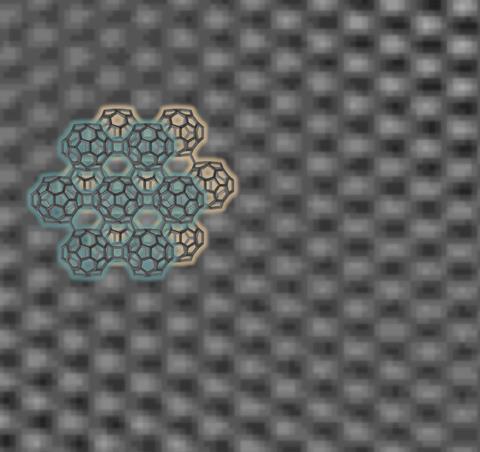
A new allotrope of carbon has been created that is being described as graphene’s ‘superatomic’ cousin by the team of US researchers behind it. Dubbed graphullerene, this atom-thin material is made of linked fullerene subunits. This novel form of carbon combines elements of two-dimensional carbon sheets and zero-dimensional carbon superatoms, and it could facilitate the development of new nanomaterials with applications in the electronics, aerospace, automotive and defence industries.
Carbon naturally exists in a range of allotropes such as diamond and graphite. The latest allotrope, graphullerene, is a two-dimensional polymer. A team of more than two dozen researchers at several US universities – including Columbia University and the University of Florida – created it using a chemical vapour transport strategy to first grow crystals of magnesium-doped fullerene polymers. Next, single sheets of graphullerene were exfoliated from the bulk material and a dilute acid was then used to remove the magnesium.
Graphullerene’s specific combination of properties offers ‘a pristine interface that might find usefulness in new quantum materials applications’, said Austin Evans, a co-author of the paper and assistant chemistry professor at the University of Florida. As this material has proven to be very thermally conductive, it might be useful in thermal management for circuits or as protective coatings for spacecraft, he emphasised.
References
E Meirzadeh et al, Nature, 2023, DOI: 10.1038/s41586-022-05401-w

February 2023 research news
- 1
- 2
 Currently reading
Currently readingNew allotrope of carbon synthesised
- 3
- 4
- 5
- 6
- 7
- 8
- 9







![Chemical structure of Pillar[6]MaxQ](https://d2cbg94ubxgsnp.cloudfront.net/Pictures/100x67/6/2/1/523621_chempr1747_proof1_891632.jpg)




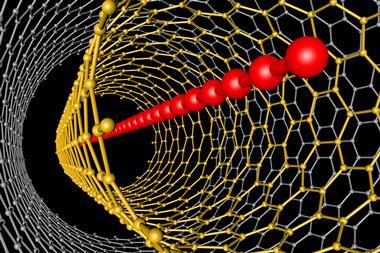

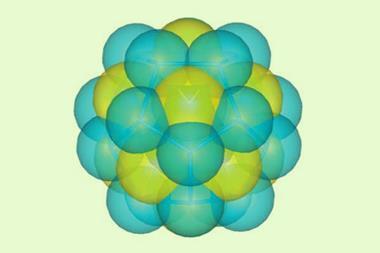
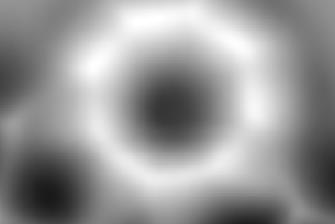

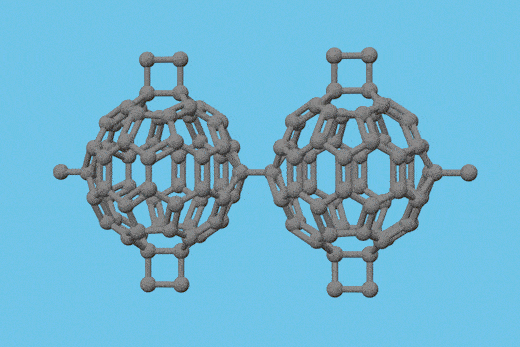
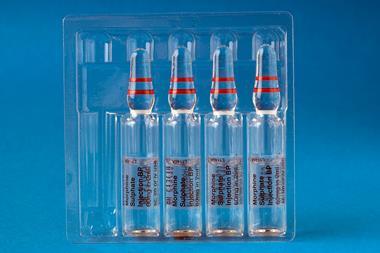

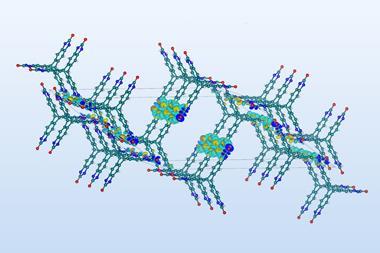
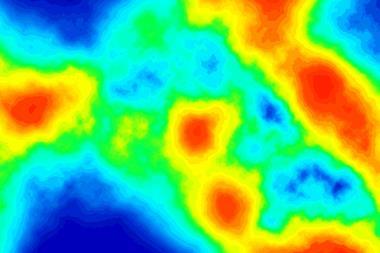


1 Reader's comment